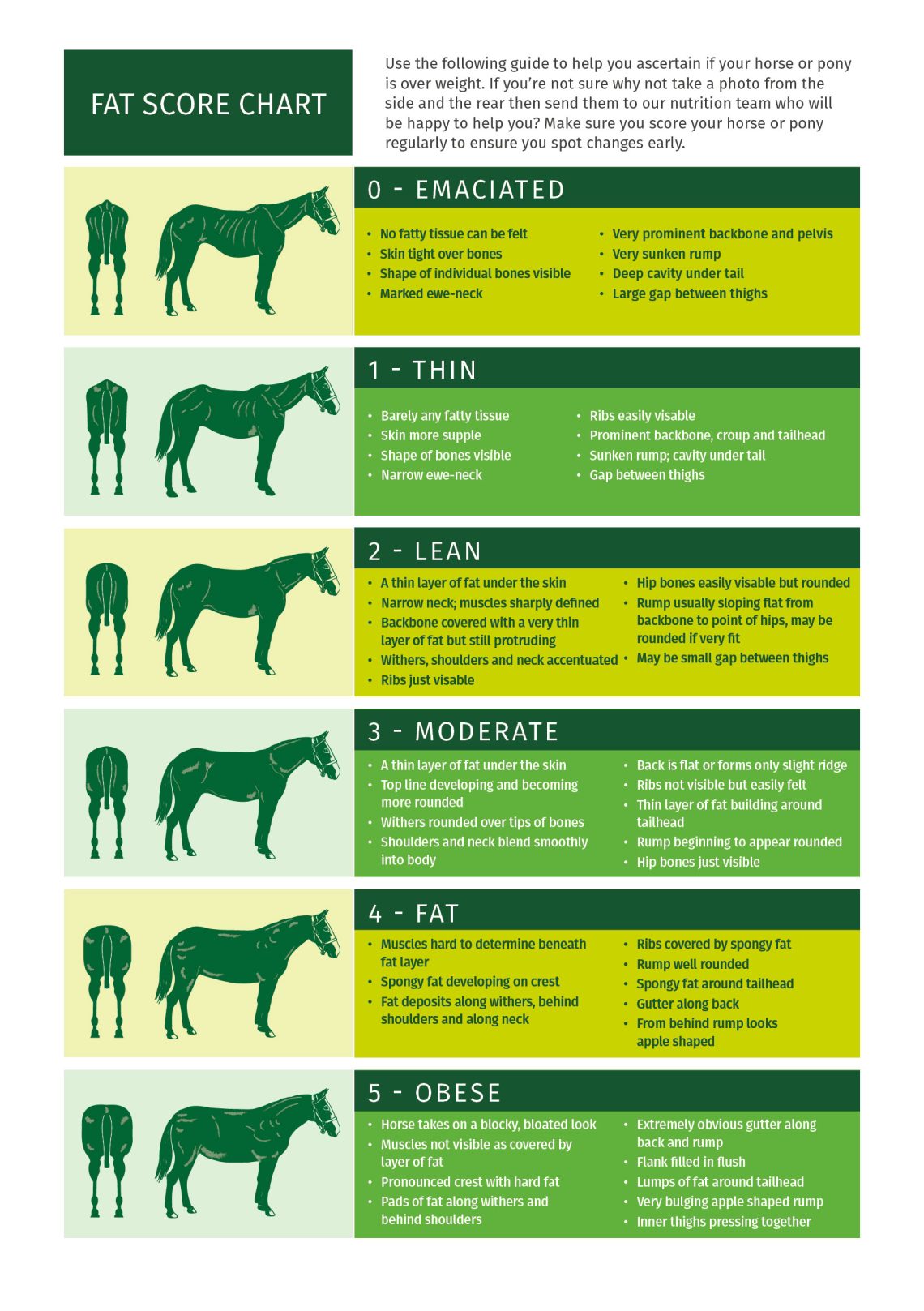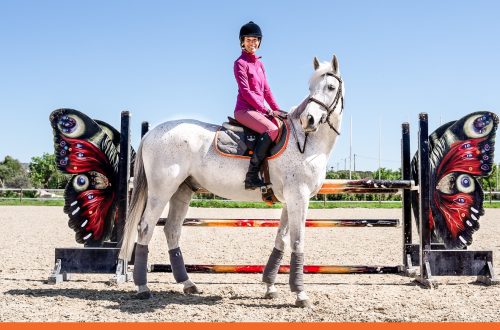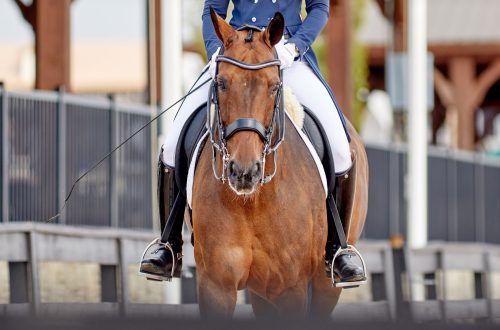
Composing a diet for an exhausted horse
We make a diet for an exhausted horse
Saving a destitute horse that needs care, feeding and treatment is one of the most noble deeds. If you decide to give shelter to an exhausted horse, first of all, accept my gratitude.
But you should know that from now on you will have to give this horse a lot of time and attention. The transition period is critical.
The horse should be in the pasture as much as possible or have access to hay every two hours. In addition, you will need to provide her with a diet with all the necessary additional vitamin and mineral supplements until she is in order and can maintain shape on her own.
If your horse is malnourished due to underfeeding, you will need to proceed slowly and carefully – the animal’s body must be able to adapt to positive changes step by step.
Some horses arrive at their new owners in such a bad condition that they cannot eat. In such extreme situations, the help of a veterinarian is needed – he will use a stomach tube to feed the horse. This short-term procedure is carried out with the aim of gradually “accustoming” the horse’s body to food.
After two weeks, the horse should be able to graze 24 hours a day or have free access to hay.
The rehabilitation process can be complicated by an ulcer. It is especially common in decommissioned racehorses. Your veterinarian may prescribe medications to treat it, but they can only be used for about a month. Long-term anti-ulcer drugs is access to hay or pasture at any time of the day, plenty of water and reduced stress levels. Your ultimate goal is to allow the rescued horse to graze freely for as long as he wants, or to provide him with free access to hay.
If you want to include legumes like clover or alfalfa in your diet, take your time. You can’t just put bean hay in the pasture immediately after bringing in an exhausted horse. Her gastrointestinal tract needs to get used to rich and nutritious food. The intestinal microflora of such a horse cannot yet effectively digest the fibers; too much, too soon and you get colic.
Here are mine recommendations for a horse of average weight 500 kg (her normal weights):
1. Give your horse a double dose of probiotic daily for a month. Then reduce the dosage to the usual dose.
2. Start by giving 0,5 kg of hay every two hours or grazing for 30 minutes with an hour break. At night, leave the horse 2 kg of hay, plenty of fresh water, salt (two cubes – granular and white, so that the horse can freely choose).
3. After three days, increase the amount of hay to a kilogram every two hours, leave 4 kg overnight.
4. By the end of the second week, the horse should have free access to hay around the clock or remain on the pasture around the clock. Make sure the horse has enough hay for the night (hay is enough if you can see the rest in the stall in the morning).
5. Starting from the third week, you can add alfalfa. Start with 0,5 kg. After three days, begin to increase its amount: every three days, add 0,5 kg of alfalfa until its weight reaches 4-5 kg per day. If you can’t get alfalfa hay, buy pellets and give them as treats throughout the day. In addition, starting from the third week, you can divide your meals into six small meals daily. You can give your horse senior or sport horse food that contains 14-16% protein, 18% fiber and at least 8% fat.
Every meal should contain:
- four harts (about 0,5 kg) feed;
- 1/4 harz (60 ml) stabilized flaxseed meal (best if you get it from a horse store);
- 200 mg of vitamin E (you can buy it in an ordinary pharmacy);
- probiotic (double dose divided between all six meals);
- 500 mg of vitamin C.
Gradually, every two weeks, reduce the number of meals, but increase the amount of food at each meal so that by the end of the month the total ration consists of two to three meals a day, with no more than 2 kg of feed per meal.
If your horse is over 16 years old, give him special supplements, and also make sure that he receives the optimal dose of vitamin C. Be careful and take your time – this way you can restore your horse’s health and enjoy many more years of communication with your four-legged friend.
Juliet M. Getty, Ph.D. (source); translation by Valeria Smirnova.





